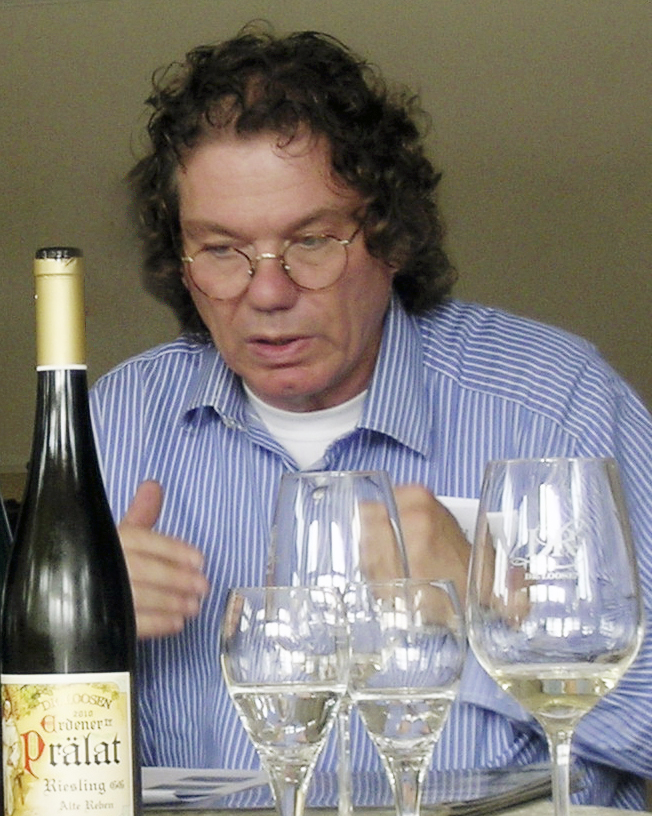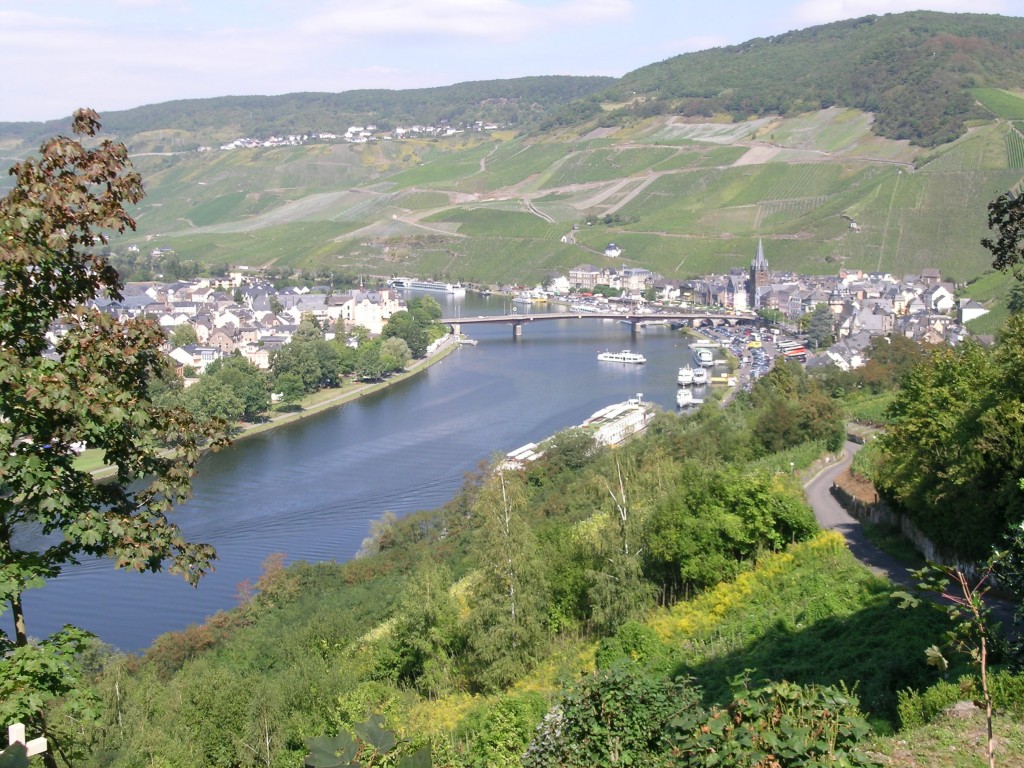With production of a mere 3,000 tonnes annually, it’s tempting to dismiss tempranillo (a Spanish red variety) as a footnote to Australia’s 1.5 million tonne wine industry. But as the industry repeatedly demonstrates, big new things, and even niche new things, grow from modest beginnings, often driven by producer enthusiasm.
Great modern examples include the chardonnay boom of the eighties and nineties and the sauvignon blanc flood of the new century.
No one expects tempranillo to overtake shiraz or cabernet, our two most voluminous red varieties — nor, perhaps, even to be the next big thing. But despite its small total production, tempranillo has the attention of 286 wine companies, say the organisers of tempra neo, an annual workshop aimed at understanding and promoting the variety.
Local organiser, Mount Majura’s Frank van de Loo, says the organising group held this year’s workshops in Melbourne, Brisbane, Kingscliff and Canberra. In Canberra the events attracted full houses to both the consumer and trade events, says van de Loo.
Van de Loo, maker of Canberra’s leading tempranillo, initiated the workshop in 2010 with other tempranillo makers – La Linea (Adelaide Hills, South Australia), Tar and Roses (Alpine Valleys and Heathcote, Victoria), Running with Bulls (Barossa Valley and Wrattonbully, South Australia), Gemtree Vineyards (McLaren Vale, South Australia) and Mayford (Porepunkah, Victoria).
At the workshops, the group presented a mixed field of 18 Australian tempranillos, broken into three brackets of six wines. In an accompanying booklet, they wrote, “They have been chose from as wide a range of regions, climates and soils as we can find, to illustrate the regional expression of tempranillo around Australia.
Thanks to Frank van de Loo we reproduced the tasting, bar one wine, at Chateau Shanahan and later conferred with him on his impressions from the workshops. I’ve incorporated his comments into the tasting notes below.
The line up confirms to me the suitability of the variety in many parts of Australia, giving it a versatility, perhaps, comparable with shiraz. It also reveals the “mainstream” and distinctive flavour of the variety, suggesting to me that, over time, it may become a significant contributor here.
Tempranillos from the tempra neo workshops 2011
Running With Bulls Barossa 2010 $19.95
Running With Bulls Wrattonbully 2010 $19.95
These offer a terrific tempranillo starting point and demonstrate that sometimes less is more. The winemaker input, especially in relation to oak maturation, appear minimal, allowing the varietal expression of the two regions full reign. Both offer bright, pure fruit flavours, the Barossa with soft, juicy tannins to match. The Wrattonbully wine (from several hundred kilometres further south) introduces an earthy, savoury flavour element and firmer tannins. Surprisingly, says van de Loo, people tended to favour the Wrattonbully style – by a large margin in Canberra where five out of six buyers of a mixed tempranillo six pack opted for Wrattonbully over Barossa.
Topper’s Mountain New England 2009 $25
Frank van de Loo says many tasters at the workshops, drew comparison between this and his own Mount Majura, mainly through a shared hint of eucalypt and comparable tannin structures. It’s a delicious wine – the more it breathes, the greater the volume of vibrant red berry fruit flavours emerging (with the merest touch of eucalypt). The tannin structure is fine and soft.
Gemtree Vineyards Luna Roja McLaren Vale 2010 $25
Van de Loo says the wine received broad support at the workshops, where tasters described it as “interesting” and “reminiscent of French wine”. The winemakers, including its maker, Mike Brown, however, lamented its “brett” character – a spoilage caused by the unloved brettanomyces yeast. There’s lovely fruit under the brett, but once you’ve learned to identify brett you can’t forgive it.
Oliver’s Taranga Small Batch McLaren Vale 2009 $38
This is a big, round, soft red. But for me the vanilla-like influence of oak, while sweet and pleasant in its own way, overrides the varietal flavour. As the two Running with Bulls wines demonstrate, less intervention is better with new varieties.
Pfeiffer Winemakers Selection Rutherglen 2010 $30
Van de Loo heard many positive comments on the initially shy wine. However, after a few hours’ aeration, delicious red fruit flavours emerged, checked to some extent by fine, firm tannins.
Mayford Alpine Valleys Tempranillo 2010 $35
This was another of the top wines in the line up. It showed class from the moment it splashed into the glass, then held its power and depth for a couple of days afterwards on the tasting bench. It offers a wonderful tension between concentrated, sweet, restrained fruit and firm, fine, savoury tannins.
Sam Miranda King Valley 2009 $30
To my taste, this was a sound but unexciting wine, not pushing many tempranillo buttons.
Capital Wines the Ambassador Canberra District 2010 $27
This old and much loved friend, often enjoyed on its own, looked good among its peers. The keynotes are pure, red fruit aroma and flavour, elegant, cool-climate structure and very fine, pleasantly grippy tannins.
Mount Majura Vineyard Canberra District 2010 $40
One of my top wines of the tasting, Mount Majura showed some similarities to Topper’s Mountain in the workshops (see above). However, to me it’s a more concentrated expression of tempranillo. Its quite firm, tight tannins form a matrix with the deep, sweet underlying fruit.
Glandore Estate TPR Hunter Valley 2008 $35
First sniff – generic, earthy Hunter red aroma pinpoints its origins; then the plummy, juicy fruit flavour kicks in, not as fleshy as shiraz, with a spicy note, a little more oak than I like and a soft, fine finish.
Tahbilk Nagambie Lakes 2010 $15.45
The cheapest wine in the work shop was well received, says Frank van de Loo. It offers pleasant primary fruit and a solid tannin backbone for a medium-bodied, comparatively low-alcohol wine (12.5 per cent).
Sanguine Estate Heathcote 2009 $30
Sanguine, another star of the line up, flourished for several days on the tasting bench. It offers big volumes of alluring fruity, savoury, spicy aromas, backed by juicy fruit depth on the palate and solid, chewy but elegant tannins.
Tar and Roses Alpine Valleys and Heathcote 2010 $24
Like a nut, there’s sweetness inside this wine, but you have to work at it to find the kernel. A few hours after splashing and pouring, the fruit peeped through the tight mesh of tannin. Finally, one of the better wines in the tasting, just a little off the pace of the top few (Mayford, Sanguine and Mount Majura).
La Linea Adelaide Hills 2010 $27
La Linea split the room, says van de Loo, as people drifted towards or away from its pretty, fruity aroma and flavour. It certainly stands out from all the other wines because of that. Partners David LeMire and Peter Leske attribute the extraordinary (and lovely) fragrance to their coolest vineyard, Llangibby.
Stella Bella Margaret River 2009 $30
We tried to like this but found the fruit not quite up to the 14 per cent alcohol. The lack of fruit flavour, too, allowed the spicy oak flavour to come through. It’s a clean, well-made wine and pleasant enough but to our taste needs more fruit intensity.
Bunkers The Box Margaret River 2009 $20
Another pleasant, fault free wine but lacking fruit intensity and varietal definition.
Copyright © Chris Shanahan 2011
First published 26 October 2011 in The Canberra Times


